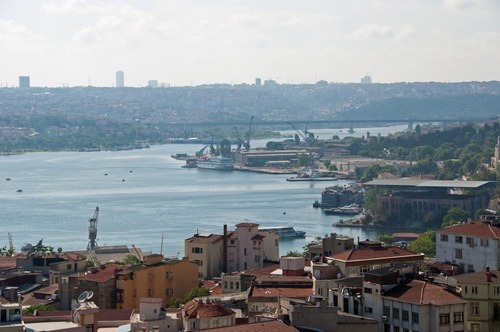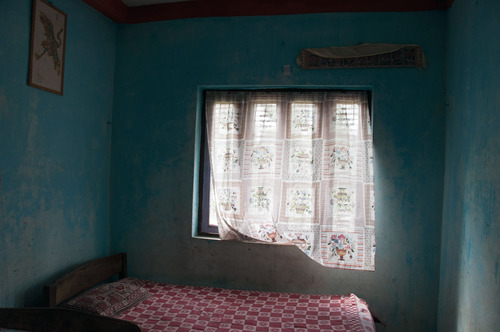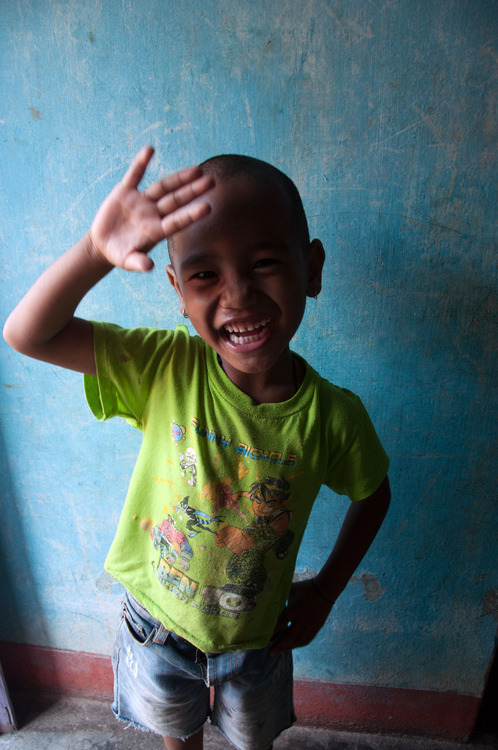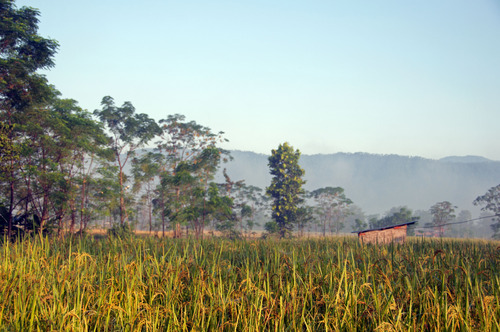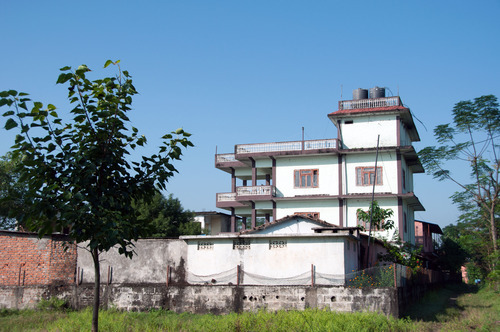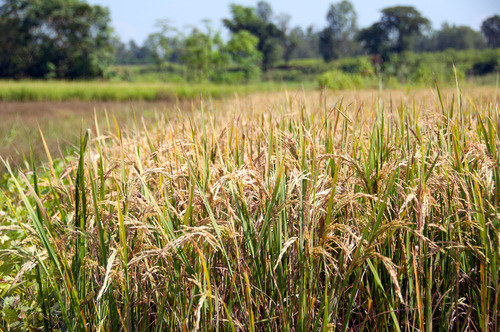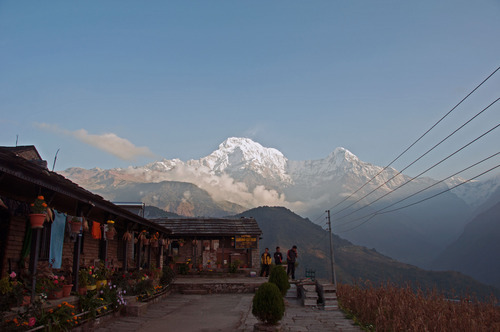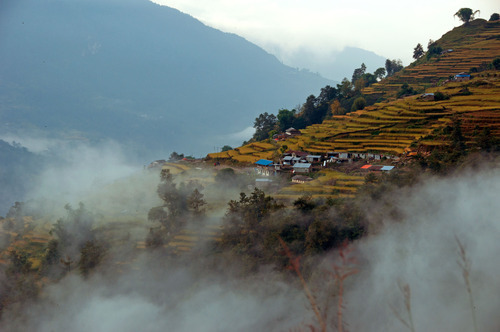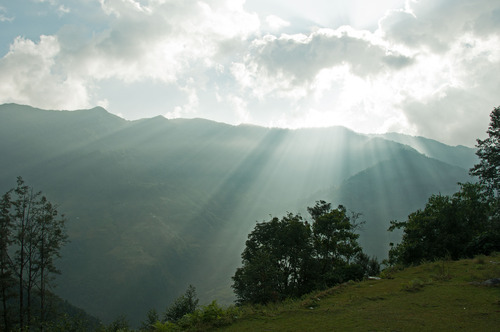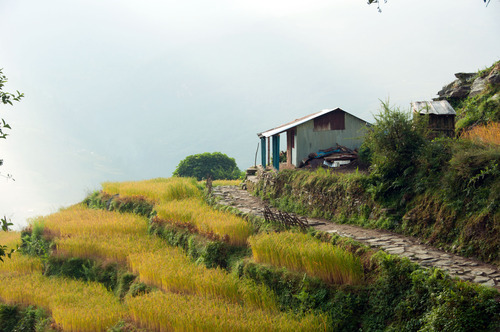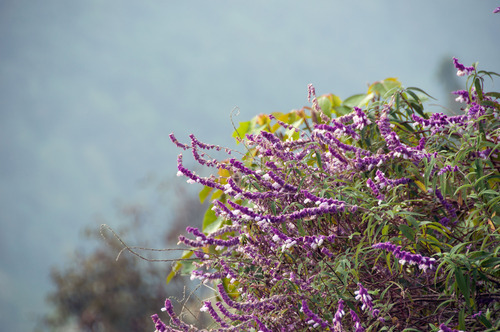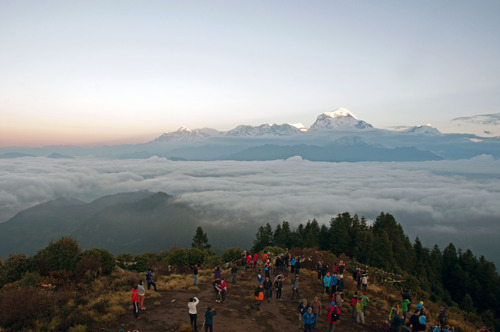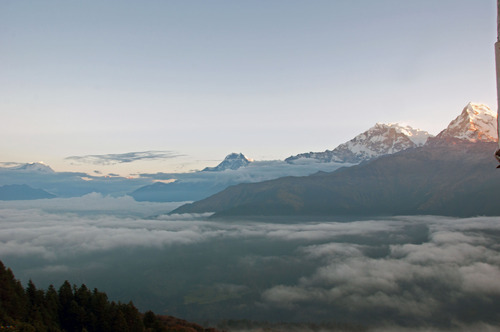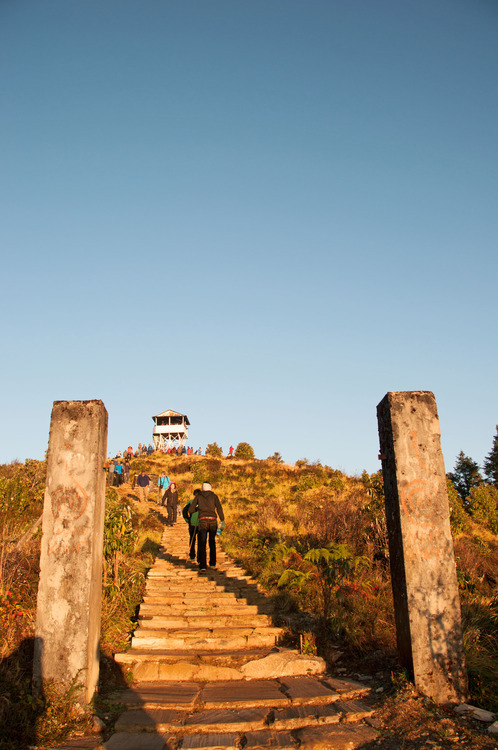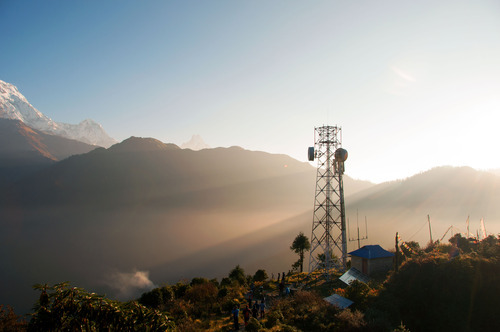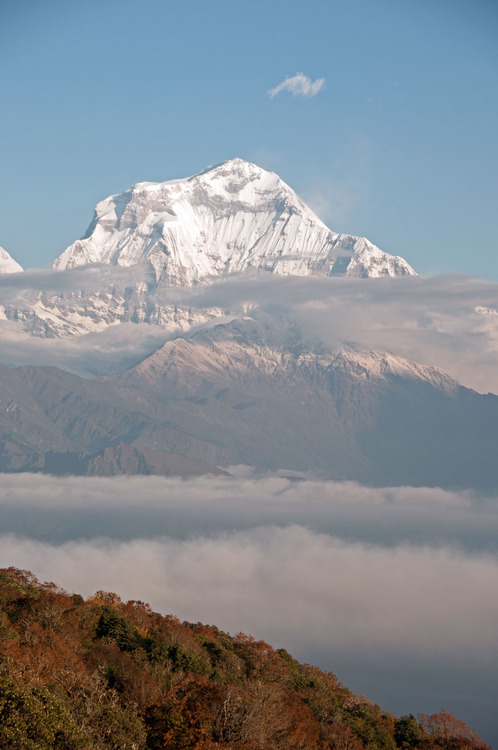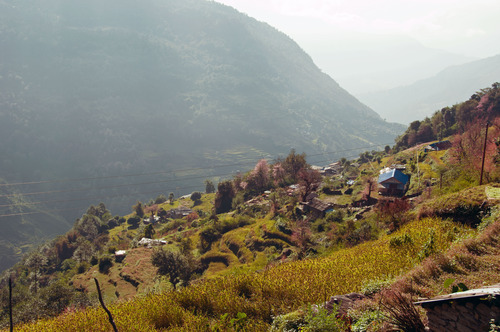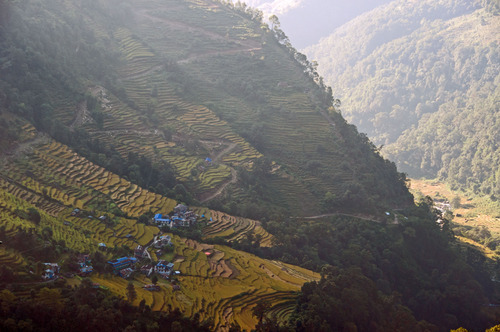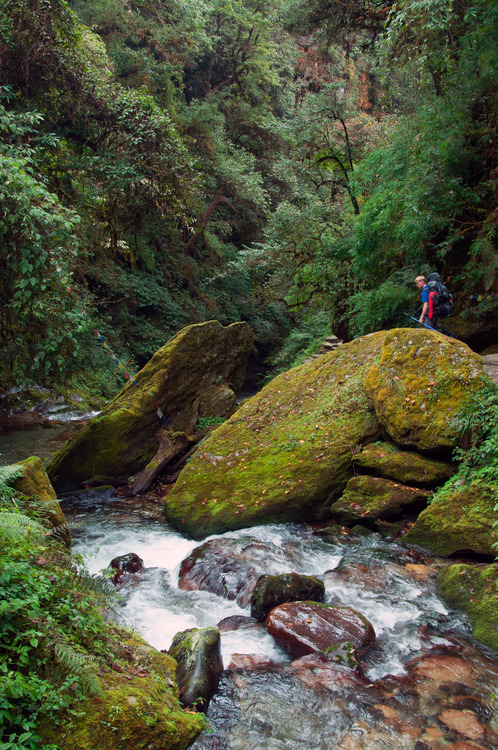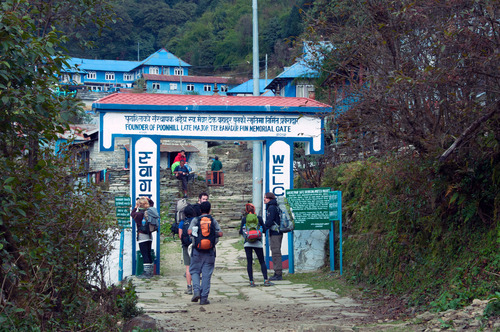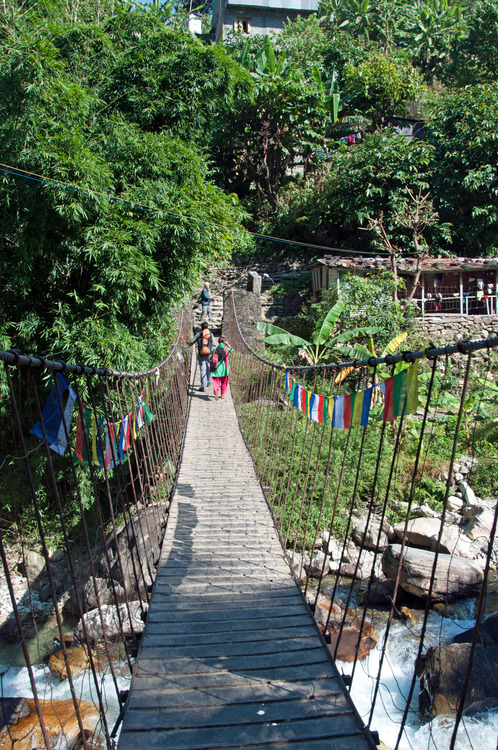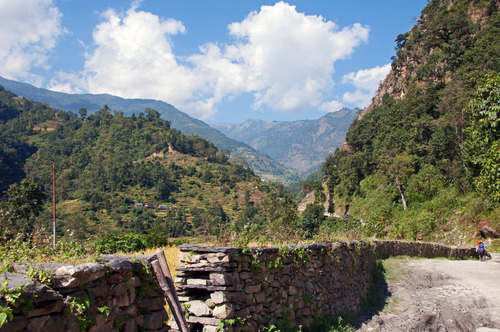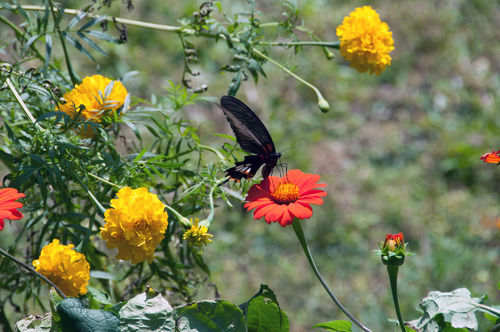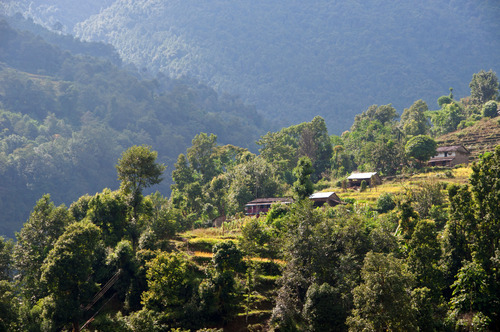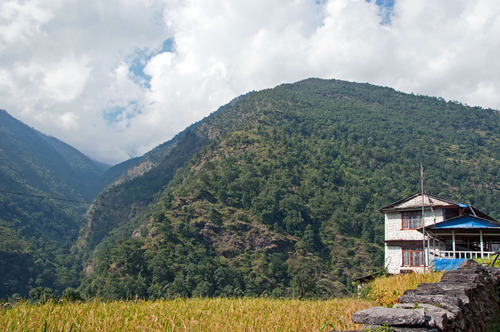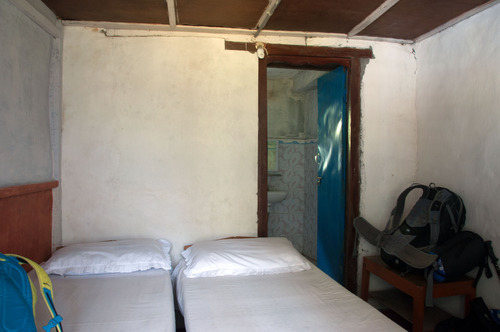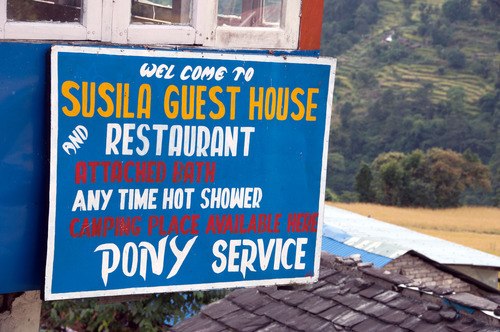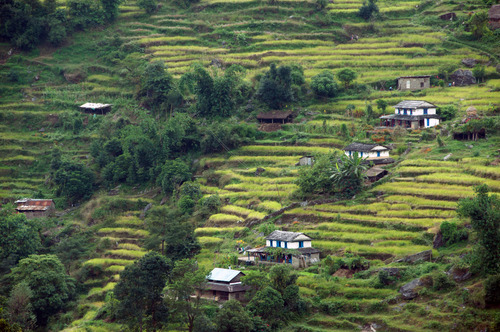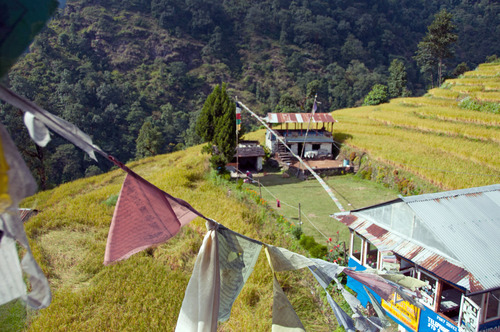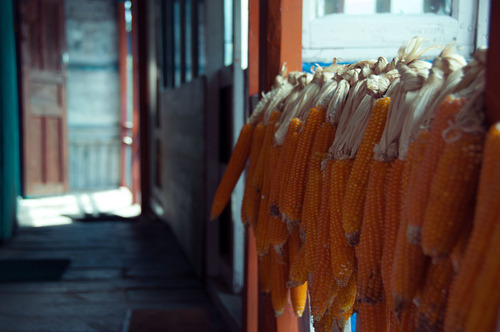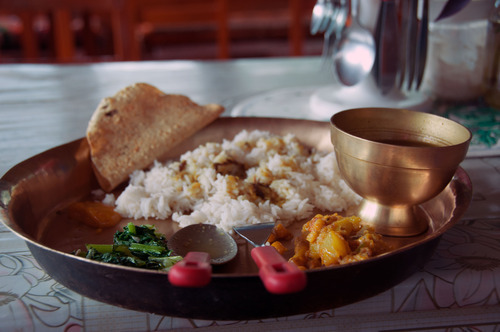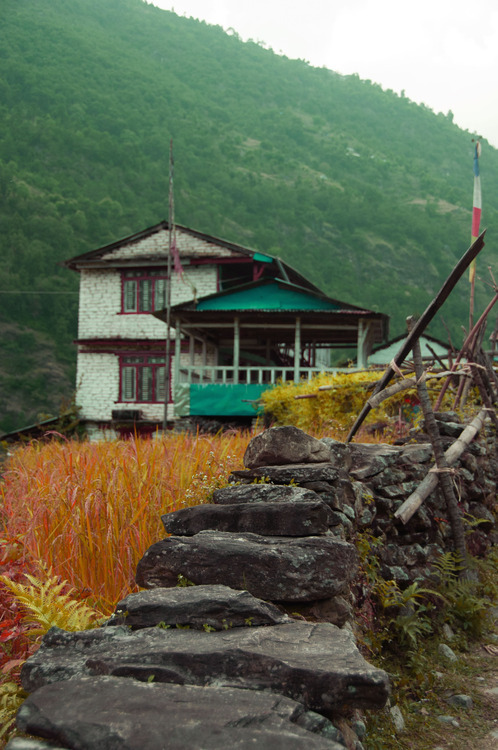Note: this is a delayed post about a trip back in June this year.
Getting tear-gassed in Istanbul wasn’t part of the Itinerary.
Before we got to Turkey, protests had erupted over the development of an urban park in Istanbul into a shopping mall. Friends and family sent us worried messages: are you sure you want to go there? Are you going to be safe?
I dismissed their concerns. 24 hour news channels have a way of sensationalising events, and urban planning isn’t exactly the kind of subject matter that inspires revolutionary fervour.
Besides, we weren’t stupid enough to insert ourselves into the middle of Gezi Park. Common sense gets you a long way, you know?
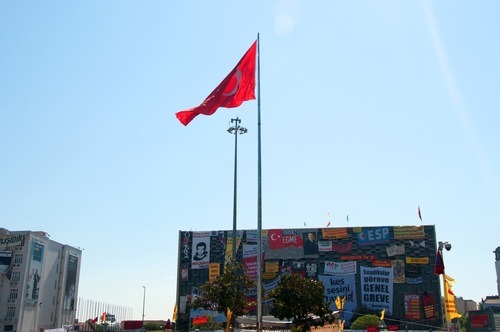
And for the most part I felt perfectly safe in Istanbul, even though we stayed near Taksim Square where the protestors congregated. The atmosphere during the day was quite festive. People sung and danced, youths graffitied whatever surface they could manage to spray. At night, the sky above Taksim Square was lit up with fireworks set off by the protestors, the chants grew louder, more boisterous. But in general, most of the people there seem to be both protesting and having a grand time with their mates.
On June 11 however, things turned a bit sour.
We were returning to our rental apartment after a day of cruising on the Bosphorus when we decided to stop by Istiklal St - a pedestrian shopping strip running off Taksim Square - for a kebab.
Suddenly we saw protestors running towards us, their faces covered in masks and before we knew what was happening, a tear gas grenade had gone off, and we were paralysed by the heat. I couldn’t breathe through my nose, I couldn’t breathe through my mouth, I couldn’t open my eyes. It burnt up my nostrils, into my chest, it stung under my eyelids, it stung at the back of my throat. I stumbled through the streets half blinded, surrounded by footsteps.
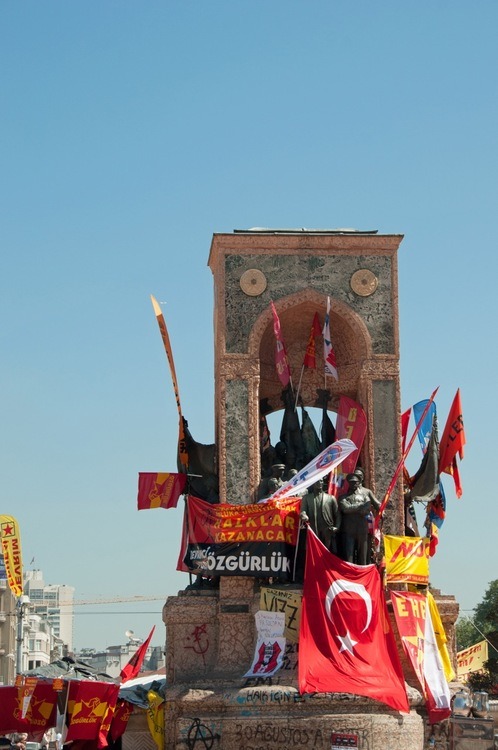
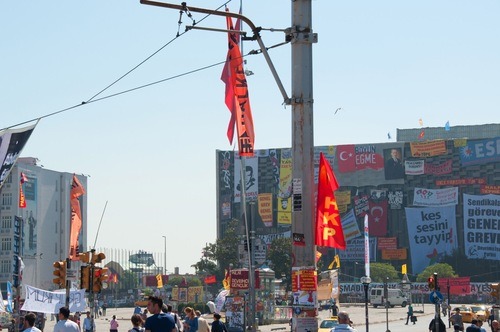
Suddenly someone grabbed my arm, “LADY!” he yelled, pushing hair out of my face, “look at me!"
I looked up just as he sprayed some antacids in my face. As I blinked, the stinging stopped, even if it did leave me with the appearance of having toothpaste on my face.
Realising things were only going to get worse, I grabbed my friend and ducked into an alleyway running off Istiklal. The sole bar in that alleyway was closed, but the owners were banging on their glass windows and motioning us to come inside. The door opened and we walked into a room full of protestors, sitting in front of the TV, smoking and watching live footage of Taksim Square on CNN. They handed us masks, water, napkins and gave us a minute to breathe. An awkward silence descended.
"Welcome to Turkey,” I said, wiping toothpaste and eyeliner off my face. And suddenly, everyone was laughing, shaking their heads in exasperation.
Two girls emerged from the back who spoke fluent, American-textbook English, and they took us to the roof top where we watched from afar as the riot police - in line formations - slowly cleared the protestors out of Taksim Square with water cannons and tear gas.
I didn’t want to take sides or hold an opinion on the domestic politics of a country I was visiting, but it seemed hard to justify such heavy-handed tactics on perfectly legitimate protest. What was even harder to understand was the rationale behind the plan to turn public green space, which benefits local residents, into a profit-generating mall that benefits private enterprise.
It just seems to be the kind of dystopian world once described by a wise lady called Joni Mitchell: “they paved paradise, put up a parking lot …"
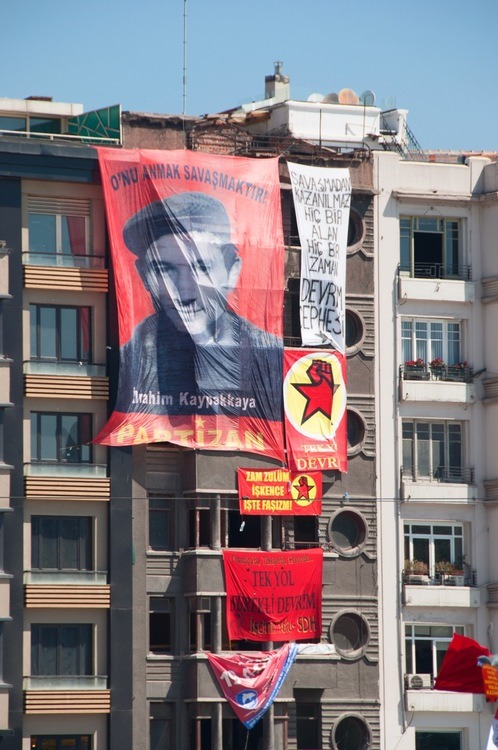
Media van at Taksim got completely trashed.

The one episode above aside, the rest of our time in Istanbul was splendid. At Istanbul Modern, the city’s gorgeous contemporary art gallery, I jotted down this poem on the wall, which aptly described what I had seen, heard and felt up to that point on my journey.
And thus spoke the place:
Bring me the thrills of the first time you saw me,
Each of which became a path for you in a different work.
Bring yourself to me.
The remains of every single piece, mixed up in the earth.
Bring me a piece of my old guests,
That piece you used to love to dearly.
Bearing the faces of 19 people lined up side by side, looking at us.
Sculpted in solid wood by Kurimbu villagers,
The story of each suspended in faraway places, like empty suitcases.
Bring me 19 suitcases,
Each concealing the memory of a different person.
Bring me all the moments you were lost in,
The moments you will look through lenses to seek the traces of time.
Bring me back my old chairs,
Each will unite me with a different memory.
Bring me that poem of Rumi.
That beings with the lines, "How good to migrate anew everyday.
And how beautiful to settle anew everyday."
And ends saying, "So many words that belong to yesterday.
Now we need to say new things."
Bring me the people,
May each be the storytellers of their home towns.
Bring me your dreams,
Those dreams that turned me into you, head to foot, as I lived.
Bring me my own memory
That memory I yearn to meet.
Bring me everything,
Each thing the everything of something else.
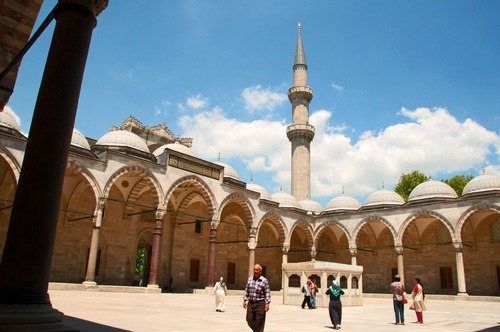
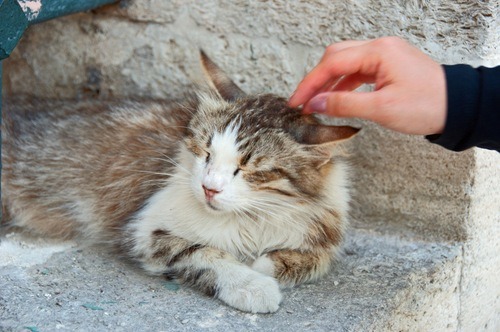

Suleymaniye Mosque was my favourite in Istanbul - partly because it was far quieter than the Blue Mosque, and partly because it was situated in an area where every single street sold just ONE thing: there was a mop street, a rope street, bucket street, screw driver street … you get the drift.
Ain’t no way to do capitalism, Istanbul.

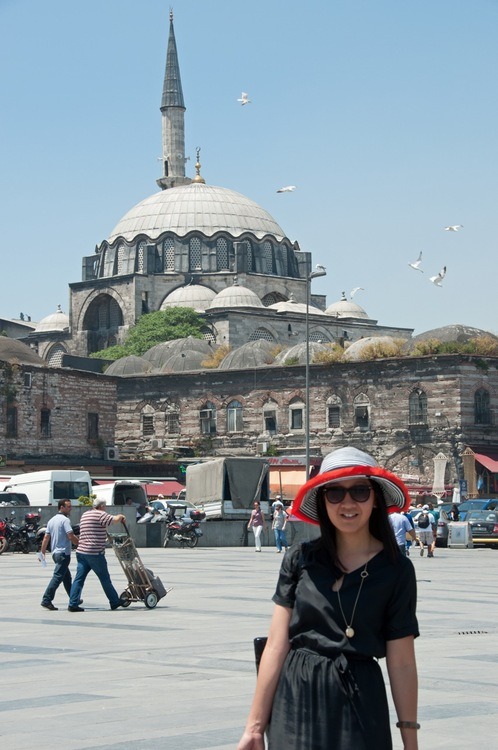
On the Bosphorus cruise with a group of school kids who kept on shouting "KONICHIWA” in my face. Geez friggin Louise, at least pick the right stereotype.
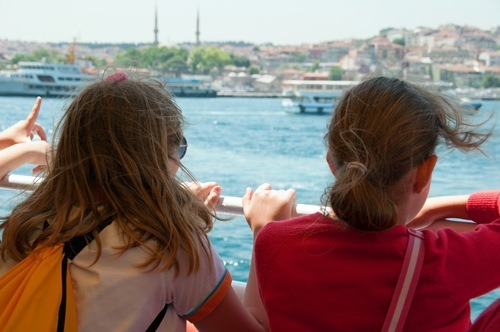
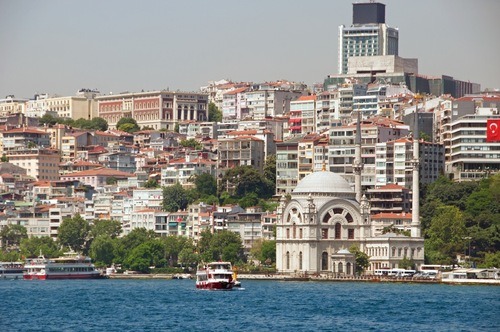

I can attest to the fact that EVERYTHING at the Spice Market was DERICIOUS.


